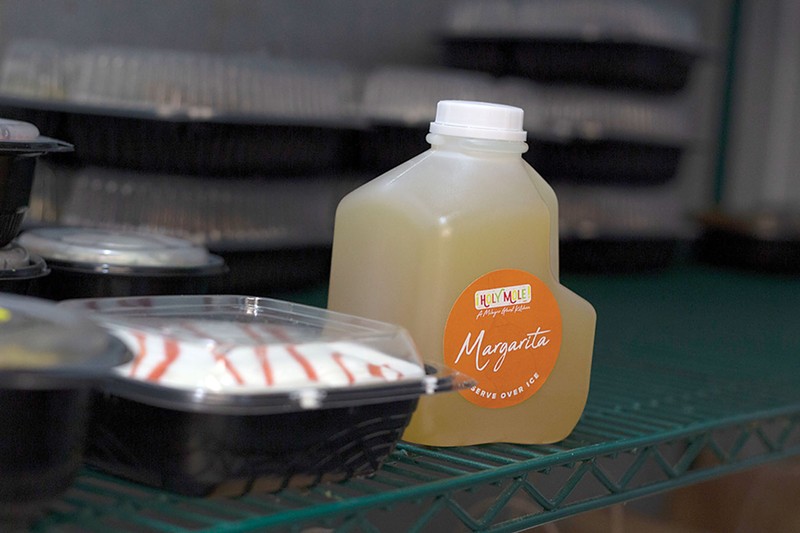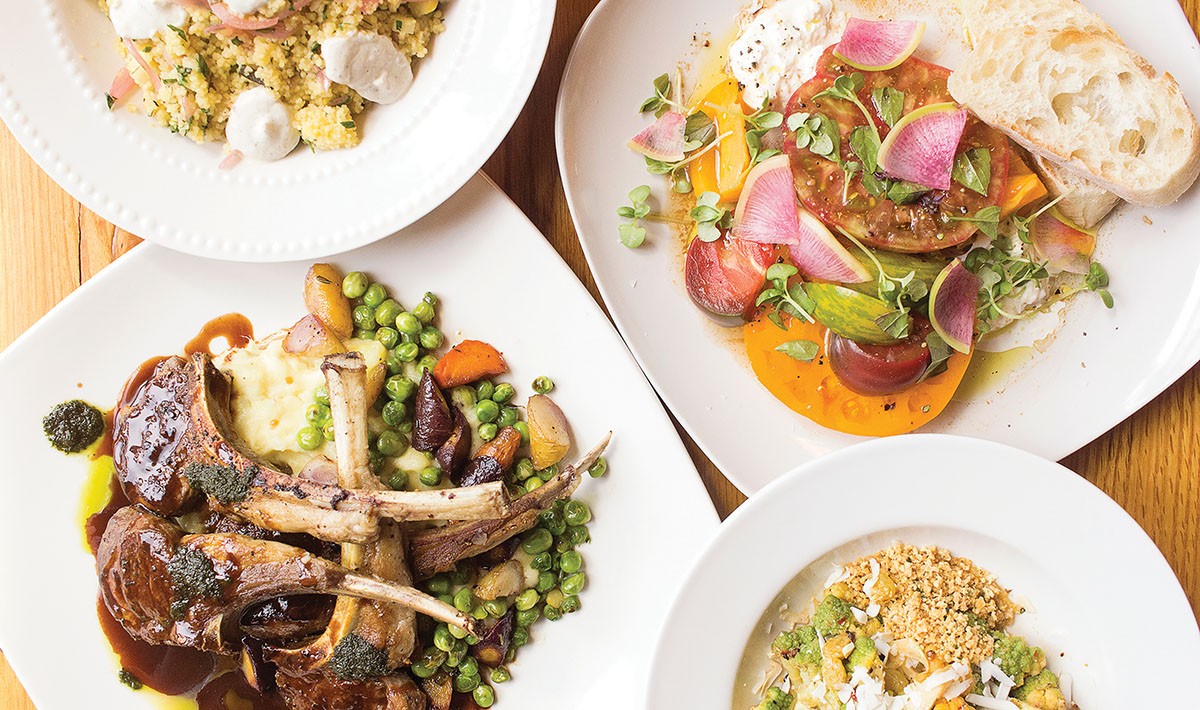Restaurant owners and their staffs in St. Louis and beyond were making similar decisions last spring and summer. The pandemic has been a time of desperation, but also innovation. Ideas for pizza shops, to-go soup deliveries and curbside cocktails emerged from "maybe someday" daydreams for a trial run. Chefs and restaurant owners found that through ghost kitchens they could keep at least some of their staff members employed while making use of product and space that would otherwise go to waste. Instead of opening a separate concept in different locations, ghost kitchens allowed restaurateurs to try out unique dining concepts while using the infrastructure of up-and-running restaurants. An air of "now or never" flowed over the industry. And now, more than twenty months in, we're still figuring out the long-term effects of all those new ideas on the local dining scene.

More than a few in the surge of ghost kitchens appeared and disappeared without much notice. Others evolved from the temporary into their own full-fledged restaurants. And some were an opportunity to reach back into old favorites for short-lived revivals of loved and missed dishes.
That was true of Mission Taco co-owner Jason Tilford. Like Schmitz and Schoen, Tilford had to find a way to operate his restaurant group within the ever-changing constraints of COVID-19 restrictions. He found the perfect solution in Mission Taco's commissary kitchen, which was tailor-made for a ghost kitchen. Typically, the commissary provided a centralized operation to produce queso, chips and salsa for the local chain's restaurants. But it was also ideal for a ghost kitchen — and it gave Tilford an opportunity to bring back a popular creation.
The new ghost kitchen, called Holy Mole, honored Tilford's former restaurant, Milagro Modern Eatery. The former Webster Groves eatery had closed in 2018, and guests still talked to Tilford about its beloved mole sauce. Tilford knew there was still demand for some of Milagro's favorite dishes, so he built his new ghost kitchen around it. Aside from providing Holy Mole's catchy name, the spirit of Milagro inspired much of the menu, which featured tuna ceviche, carne asada, squash blossoms, and, of course, dishes focused on the traditional Mexican sauce and marinade, mole.
After a successful Valentine's Day special, though, Holy Mole closed, three months after opening. He says the summer weather that allowed for more outdoor dining and restaurants reopening for dine-in service contributed to dwindling orders. Tilford says it had a good run, but it was always meant to be temporary. "As much as we loved it and the people that got it loved it, it just kind of became a burden more than a fun thing to do," Tilford says. "You get over it, everything's changing, everything's fluid. You just get on with the next thing."






